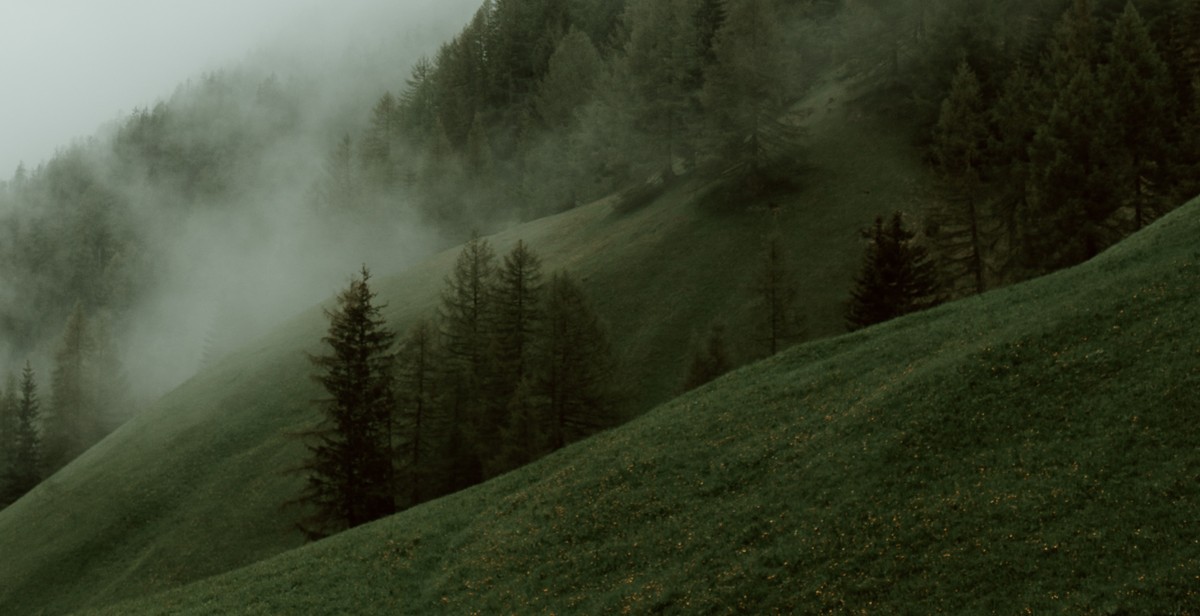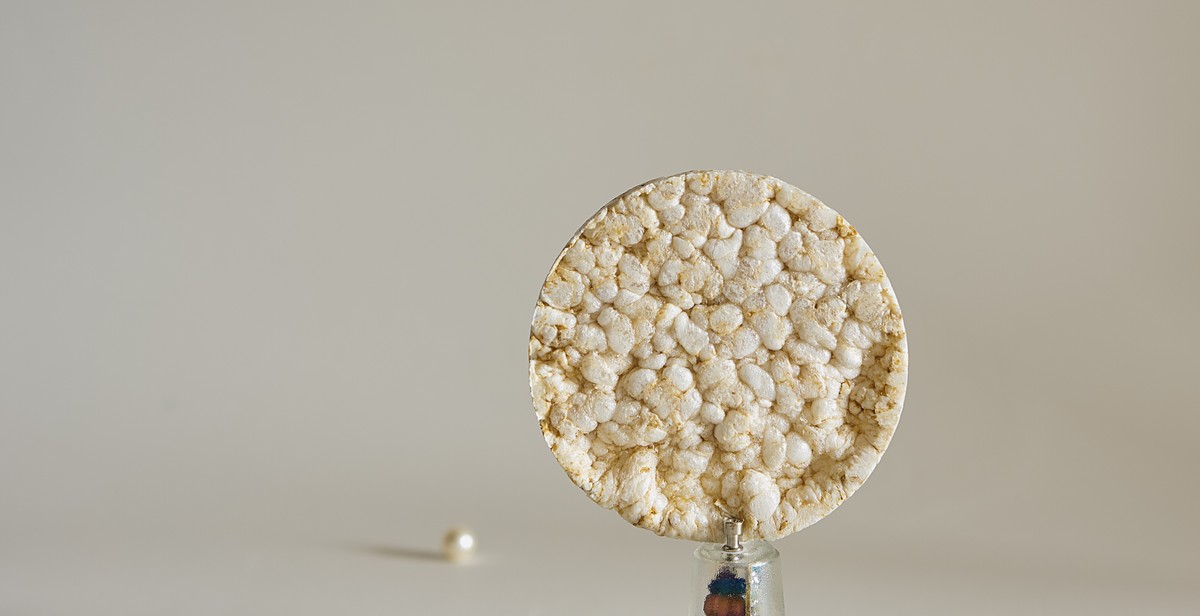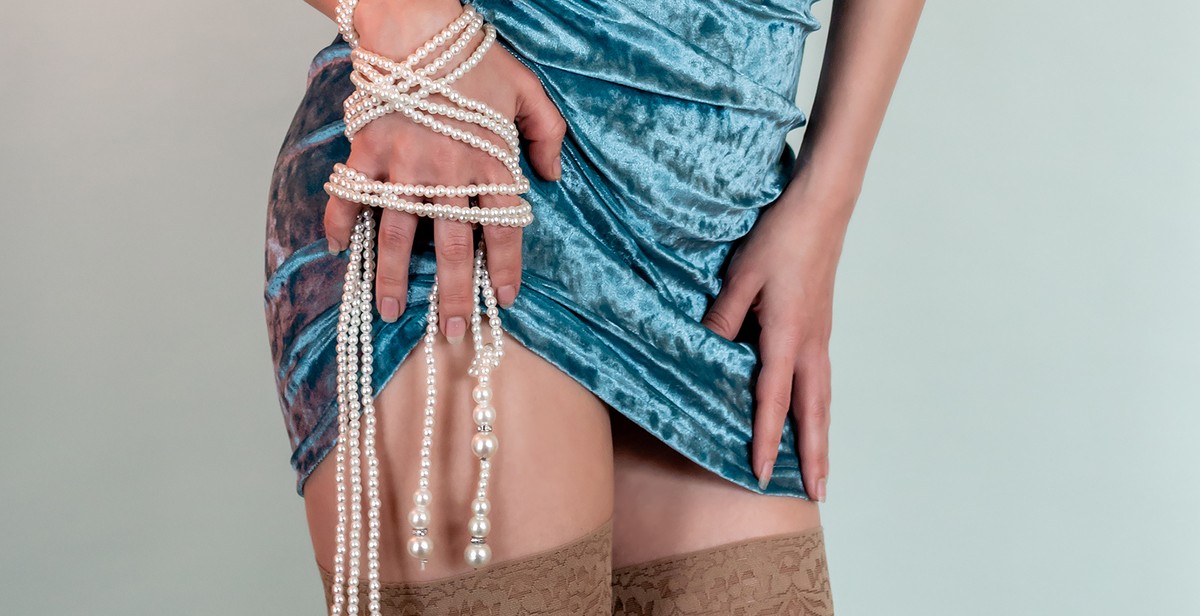The Beauty of Natural Pearls: A Guide to Understanding and Appreciating These Rare Gems
Natural pearls are one of nature’s most exquisite creations. These rare gems have been treasured for centuries for their unique beauty and rarity. Unlike cultured pearls, which are grown in a controlled environment, natural pearls are formed entirely by chance in the wild. As a result, they are much rarer and more valuable than their cultured counterparts.
What are Natural Pearls?
Natural pearls are formed when a foreign object, such as a piece of sand or a parasite, enters the body of a mollusk. In response, the mollusk secretes a substance called nacre, which coats the object layer by layer, eventually forming a pearl. This process can take years, and the resulting pearl is often irregularly shaped and unique.
Natural pearls come in a variety of colors, including white, pink, silver, and black. They are also available in a range of sizes, from tiny seed pearls to large baroque pearls.
Despite their beauty, natural pearls are becoming increasingly rare due to overfishing, pollution, and habitat destruction. As a result, they are highly sought after by collectors and jewelry enthusiasts.
In this guide, we will explore the beauty of natural pearls in more detail, including their history, how they are formed, and how to appreciate and care for them.

History of Natural Pearls
Natural pearls have been treasured for their beauty and rarity for thousands of years. The history of natural pearls can be traced back to ancient times, where they were highly prized by royalty and the wealthy elite.
Pearls in Ancient Times
Ancient civilizations such as the Egyptians, Greeks, and Romans all valued pearls for their beauty and rarity. Pearls were often used as adornments for the wealthy, and were even believed to have magical properties. In fact, Julius Caesar was said to have financed his military campaigns by selling his mother’s pearl earrings.
During the Middle Ages, pearls were considered a symbol of purity and were often worn by brides on their wedding day. Pearls were also used to adorn religious objects and were highly valued by the Catholic Church.
The Renaissance
The Renaissance was a time of great artistic and cultural achievement, and pearls played a significant role in the fashion of the time. Pearls were used to adorn clothing, jewelry, and even furniture. The famous painter Botticelli often included pearls in his paintings, as did other Renaissance artists.
The Age of Exploration
The Age of Exploration brought about a new era of pearl hunting. European explorers traveled to distant lands in search of precious pearls, leading to the discovery of new pearl oyster beds in places such as the Americas and Australia. This led to an increase in the availability of pearls, making them more accessible to the general public.
Today, natural pearls are still highly valued for their rarity and beauty, and continue to be a popular choice for jewelry and other adornments.

How Natural Pearls are Formed
Natural pearls are formed inside the soft tissue of certain mollusks, such as oysters and mussels. The process of pearl formation begins when an irritant, such as a grain of sand or a parasite, enters the mollusk’s body through its shell.
The Anatomy of a Pearl
A pearl is composed of layers of a substance called nacre, also known as mother-of-pearl. Nacre is secreted by special cells called epithelial cells, which are found in the mantle tissue of the mollusk. The nacre builds up around the irritant, forming a pearl.
The outer layer of a pearl is called the periostracum, which is a thin and translucent layer that protects the nacre from damage. The middle layer is the thickest part of the pearl and contains the most nacre. The innermost layer is called the nucleus, which is the original irritant that triggered the pearl formation.
The Formation of Natural Pearls
Natural pearls are formed when an irritant enters the mollusk’s body and the epithelial cells begin to secrete nacre around it. The process of pearl formation can take several years, and the resulting pearl can vary in size, shape, and color depending on the type of mollusk and the conditions in which it was formed.
Factors such as water temperature, salinity, and the presence of other organisms can all affect the quality and appearance of the pearl. Natural pearls are rare and highly valued, as they are formed entirely by chance and cannot be replicated artificially.
| Natural Pearl Formation |
|---|
| Step 1: Irritant enters mollusk’s body |
| Step 2: Epithelial cells secrete nacre around irritant |
| Step 3: Nacre builds up around irritant, forming a pearl |
While natural pearls are rare, cultured pearls have become more common in recent years. Cultured pearls are formed when a mollusk is intentionally implanted with an irritant, and the pearl formation process is guided and monitored by humans. While cultured pearls may not have the same rarity as natural pearls, they can still be of high quality and value.

Types of Natural Pearls
Natural pearls are formed when an irritant such as a grain of sand or a parasite enters the mollusk and begins to irritate its soft tissue. The mollusk then secretes nacre, which coats the irritant and forms a pearl. There are two main types of natural pearls: saltwater pearls and freshwater pearls.
Saltwater Pearls
Saltwater pearls are formed in oysters that live in the ocean. They are often more valuable than freshwater pearls because they are rarer and take longer to form. Saltwater pearls come in a variety of shapes and colors, including round, oval, and teardrop-shaped. The most valuable saltwater pearls are perfectly round with a high luster and minimal blemishes.
- Akoya Pearls: These are the classic saltwater pearls that are commonly used in jewelry. They are typically round and have a high luster.
- Tahitian Pearls: These pearls are formed in black-lipped oysters and come in a range of colors from black to gray to green.
- South Sea Pearls: These pearls are the largest and rarest of all pearls. They are formed in oysters that live in the South Pacific and come in shades of white, silver, and gold.
Freshwater Pearls
Freshwater pearls are formed in mussels that live in rivers, lakes, and ponds. They are typically less expensive than saltwater pearls because they are more abundant and easier to farm. Freshwater pearls come in a variety of shapes and colors, including round, oval, and baroque-shaped.
- Biwa Pearls: These pearls are named after Lake Biwa in Japan, where they were first cultured. They are typically oval-shaped and come in a range of colors from white to pink to lavender.
- Edison Pearls: These pearls are a relatively new type of freshwater pearl that are known for their large size and high luster.
| Type | Location | Shape | Color |
|---|---|---|---|
| Akoya Pearls | Japan, China | Round | White, cream, pink |
| Tahitian Pearls | French Polynesia | Round, oval, baroque | Black, gray, green |
| South Sea Pearls | Australia, Indonesia, Philippines | Round, oval, baroque | White, silver, gold |
| Biwa Pearls | Japan | Oval, baroque | White, pink, lavender |
| Edison Pearls | China | Round, baroque | White, pink, lavender |

Factors Affecting the Value of Natural Pearls
Natural pearls have always been a symbol of luxury and elegance. Their rarity and unique beauty make them highly valuable in the jewelry industry. When it comes to determining the value of natural pearls, several factors come into play. Below are the five main factors affecting the value of natural pearls:
Size
The size of a natural pearl is one of the most significant factors affecting its value. Like most gemstones, the larger the pearl, the rarer and more valuable it is. Large pearls are not only rare but also more difficult to cultivate, which makes them more expensive.
Shape
The shape of a natural pearl also plays a vital role in its value. Perfectly round pearls are the most desirable and valuable because they are the rarest. Other shapes, such as teardrop, oval, and baroque, are also valuable but less so than round pearls.
Color
The color of a natural pearl is another crucial factor in determining its value. The most valuable pearls are those with a deep, rich, and even color. Pearls with overtones of pink, blue, and green are also highly desirable.
Luster
The luster of a natural pearl is the amount and quality of light reflected on its surface. High-quality pearls have a bright, mirror-like luster that is highly prized in the market. Pearls with a dull or chalky appearance have lower value.
Surface Quality
The surface quality of a natural pearl is also a significant factor in determining its value. Pearls with a smooth surface and no visible blemishes or imperfections are the most valuable. Pearls with visible flaws or irregularities have lower value.
| Factor | Description |
|---|---|
| Size | The larger the pearl, the more valuable it is. |
| Shape | Round pearls are the most valuable, followed by teardrop, oval, and baroque shapes. |
| Color | Deep, rich, and even colors are the most valuable, with overtones of pink, blue, and green also desirable. |
| Luster | High-quality pearls have a bright, mirror-like luster, while pearls with a dull or chalky appearance have lower value. |
| Surface Quality | Pearls with a smooth surface and no visible blemishes or imperfections are the most valuable. |

Caring for Natural Pearls
As natural pearls are delicate and rare, it is important to care for them properly to maintain their beauty and value.
Cleaning and Maintenance
When cleaning natural pearls, it is important to use gentle methods to avoid damaging the surface. Here are some tips:
- Wipe the pearls with a soft, damp cloth after wearing them to remove any dirt or oils.
- Avoid using harsh chemicals or abrasive materials, as they can scratch or damage the pearls.
- If necessary, clean the pearls with a mild soap and water solution, using a soft-bristled brush to gently scrub the surface.
- After cleaning, rinse the pearls thoroughly with clean water and pat them dry with a soft cloth.
It is also important to have your natural pearls professionally inspected and restrung every few years to prevent the string from weakening or breaking.
Storage
Proper storage is crucial to protecting natural pearls from damage and preserving their luster. Here are some guidelines:
- Store pearls in a soft pouch or cloth to protect them from scratches and other damage.
- Avoid storing pearls with other jewelry, as they can easily become scratched or damaged by harder materials.
- Keep pearls away from direct sunlight and extreme temperatures, as they can cause the pearls to fade or crack.
- Avoid exposing pearls to chemicals such as perfume, hairspray, and makeup, as they can discolor or damage the pearls.
By following these simple cleaning and storage guidelines, you can ensure that your natural pearls remain beautiful and valuable for years to come.

Conclusion
Natural pearls are truly a wonder of nature. They are rare, beautiful, and have a rich history that spans centuries. While cultured pearls have become more popular in recent years, natural pearls remain a highly sought-after gemstone due to their uniqueness and rarity.
It’s important to understand the difference between natural and cultured pearls, as well as the different types of natural pearls that exist. From freshwater to saltwater, and from round to baroque, each type of natural pearl has its own unique characteristics and beauty.
If you’re considering purchasing natural pearls, it’s important to do your research and choose a reputable dealer. Look for pearls that have been certified by a reputable organization, such as the Gemological Institute of America (GIA).
Whether you’re a collector, a jewelry enthusiast, or simply appreciate the beauty of natural gems, natural pearls are a stunning addition to any collection. By understanding and appreciating the beauty of these rare gems, you can truly see the magic that nature has to offer.
Key Takeaways
- Natural pearls are rare and unique gems that have been coveted for centuries.
- There are different types of natural pearls, including freshwater and saltwater, and round and baroque.
- When purchasing natural pearls, it’s important to choose a reputable dealer and look for certified pearls.
- By understanding and appreciating the beauty of natural pearls, you can truly see the magic that nature has to offer.
| Pros | Cons |
|---|---|
| Natural pearls are rare and unique. | Natural pearls can be expensive. |
| Natural pearls have a rich history and cultural significance. | Natural pearls are difficult to find, which can make them hard to come by. |
| Natural pearls are a stunning addition to any collection. | Natural pearls require special care and maintenance. |
Overall, natural pearls are a beautiful and unique gemstone that are truly a wonder of nature. Whether you’re a collector, jewelry enthusiast, or simply appreciate the beauty of natural gems, natural pearls are a stunning addition to any collection.

